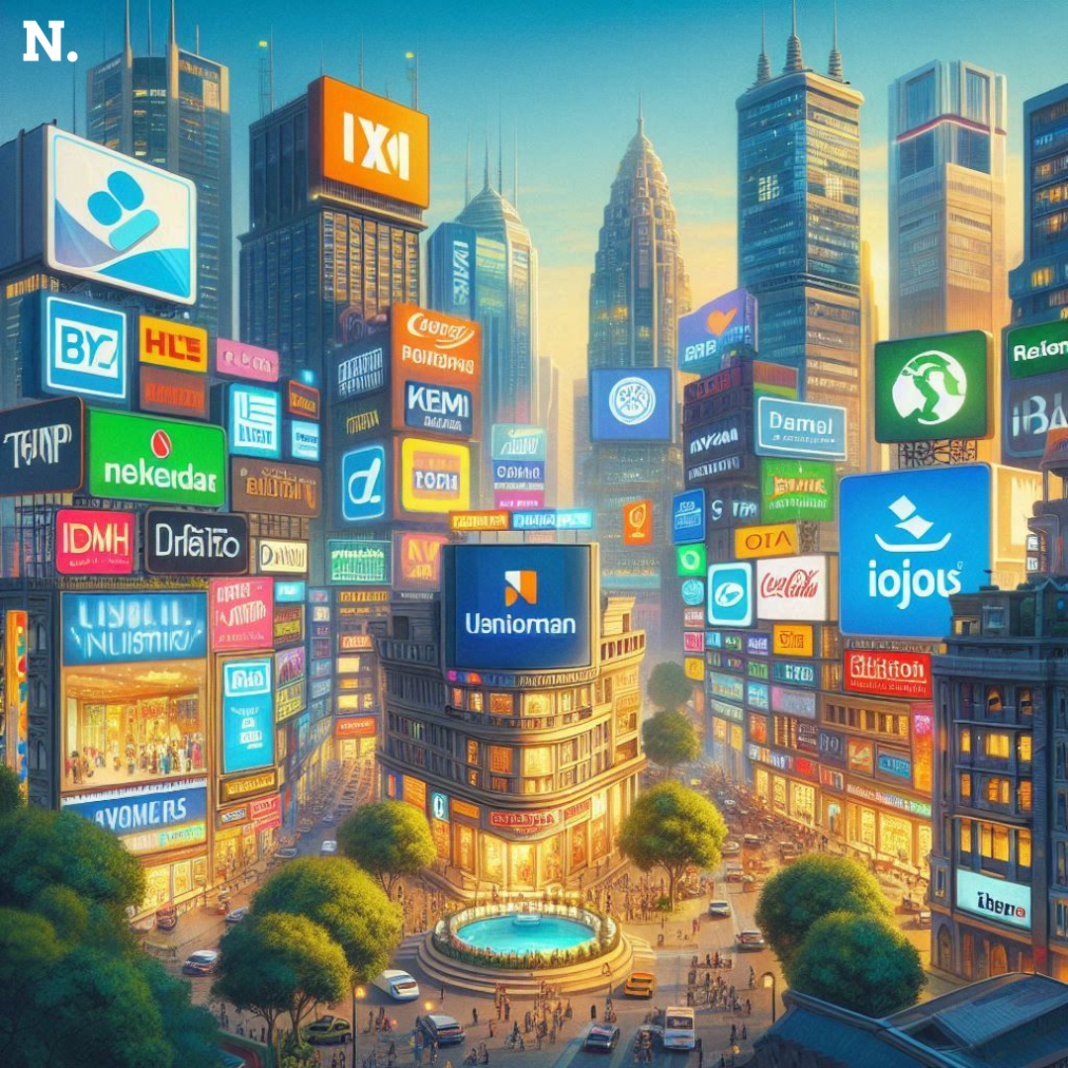India has become a vibrant and ever-changing market in recent years, prompting many foreign brands to reconsider their strategies and make a return to the country. Once a challenging terrain for international companies, India has now evolved into an attractive destination for global businesses, thanks to various economic and demographic factors. This post delves into the reasons behind the resurgence of foreign brands in India, focusing on notable returns and the shifting dynamics of the Indian market.
The Return of Ford
Ford’s recent announcement to re-enter the Indian market has generated considerable buzz. The American automaker plans to restart operations at its Maraimalai Nagar factory, which was closed in August 2022. This decision follows a letter of intent signed with the Tamil Nadu government. The Tamil Nadu government has been actively encouraging the return of global automakers, highlighting its growing electric vehicle (EV) ecosystem. Companies like Vinfast and Tata JLR have already chosen to establish operations in the state. Ford’s return marks a significant shift in its strategy, aiming to tap into India’s burgeoning automotive market with a focus on new technologies and local partnerships.
Foreign Brands Making a Comeback
Ford’s return is part of a broader trend where several foreign companies are re-entering the Indian market. Let’s take a look at some of these notable comebacks:
Carrefour: From 2010 to 2014, the massive French retailer Carrefour ran cash-and-carry locations in India. However, the company struggled to enter the multi-brand retail sector due to Indian regulations that capped foreign direct investment (FDI) in multi-brand retail at 51%. Carrefour is currently preparing a resurgence through a franchise deal with the Apparel Group in Dubai. This partnership aims to open new Carrefour stores in India starting from 2025, initially focusing on the Delhi-NCR region before expanding further.
Shein: The Chinese fast-fashion retailer Shein exited the Indian market in 2020 due to geopolitical tensions. However, Shein is preparing for a grand re-entry by partnering with Reliance Retail. This collaboration aims to leverage Reliance’s extensive retail network and market knowledge to re-establish Shein’s presence in India.
Papa John’s: The American pizza chain Papa John’s closed its operations in India in 2019. However, it is now set to return with an ambitious plan to open 650 restaurants across the country by 2033. This new venture is in partnership with Dubai-based PJP Investments Group. The group has extensive experience in the region. It operates over 100 Papa John’s restaurants in the UAE, Saudi Arabia, and Jordan.
Harley Davidson: The iconic American motorcycle brand Harley Davidson halted its manufacturing operations in India in 2019 due to declining sales. In 2023, Harley Davidson made a comeback through a partnership with Hero MotoCorp. This collaboration will allow Harley Davidson to benefit from Hero’s extensive distribution network while focusing on its brand and product lineup.
What’s Driving the Return?
Several factors have contributed to the renewed interest of foreign brands in India:
Growing Middle-Class Population: India’s population, which stands at 1.4 billion, is driven by a rapidly growing middle class. According to research, the middle class currently constitutes 31% of the population and is expected to reach 38% by 2031 and 60% by 2047. By the mid-century, India’s middle class could number around 1 billion people. This young and expanding middle class represents a significant consumer base for international brands.
Make in India Initiative: Launched in 2014, the ‘Make in India’ initiative has transformed India into a manufacturing hub. Various Product Linked Incentive (PLI) schemes across key sectors have incentivized foreign companies to set up manufacturing operations in India, making it an attractive destination for production and investment.
Expanding Digital Presence: India’s digital landscape has grown exponentially, with over 800 million internet users as of 2023. The expansion of e-commerce and digital transactions has been spurred by this widespread digital presence. The Indian e-commerce market is projected to reach $200 billion by 2026, and the total value of Unified Payments Interface (UPI) transactions was ₹200 trillion in the fiscal year 2024. This digital growth is enhancing market accessibility and consumer engagement for foreign brands.
India’s Evolving Market: A New Era for Foreign Brands
The Indian market of today is markedly different from the one that many foreign brands previously encountered. It has become a more significant and dynamic space, presenting both opportunities and challenges for international businesses. Despite the positive changes, companies must navigate India’s evolving regulatory environment, price-sensitive consumers, and the need for localized products to succeed in this diverse and complex market.
The return of foreign brands to India reflects the country’s growing economic potential and evolving business landscape. As these brands re-establish their presence, they are contributing to a more vibrant market. This is creating a more competitive environment. It signals a new phase in India’s economic development.





